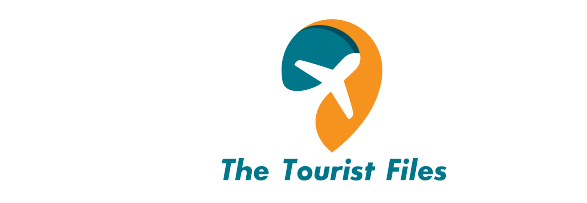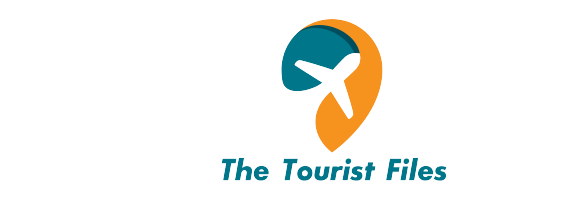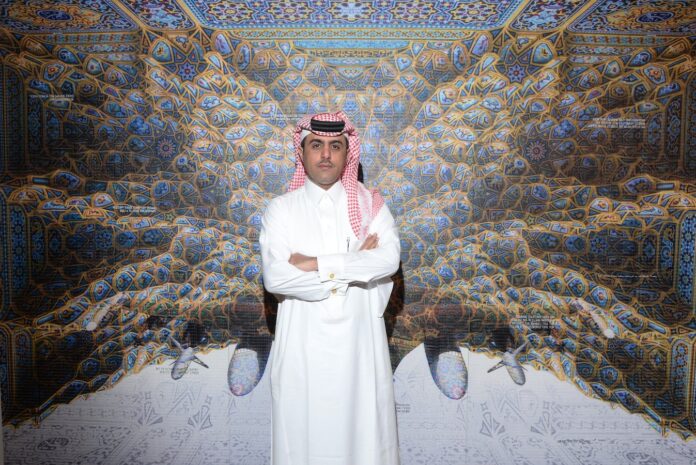DUBAI: Dozens of light and dark gray rubber stamps form a map of the world on an aluminum board hung on a wall. Observed from afar, it looks like a painting. But “Climate Refugee” — a new work from the acclaimed Saudi artist Abdulnasser Gharem — isn’t supposed to be observed from afar. As one gets closer, the real message of the work becomes clearer. Tiny blue and turquoise stamps are placed in areas containing the most refugees. And embedded in the work are phrases that include: “When innocent immigrants are killed, it’s neither a moral failure nor a sin, merely a technical error.” And “Refugee camps are optimal forms of mercy killings.” And “The appearance of foreigners threatens our way of life.”
The artwork places the spotlight on the world’s refugee crisis shaped by what Gharem calls “economic violence,” as climate change is accompanied by an increase in physical and psychological barriers impacting humanity. “Climate Refugee” is one of 10 new works juxtaposed with several older ones on display in Gharem’s “Hospitable Thoughts” — his first solo show in New York — which runs until Dec. 18 at Marc Strauss.
‘Climate Refugee,’ a new work from the acclaimed Saudi artist Abdulnasser Gharem, isn’t supposed to be observed from afar. (Supplied)
“Geographical distances are no longer barriers to movement; the major refugee highways are becoming increasingly diversified, especially as we live in a world characterized more than ever by an unfair distribution of capabilities and freedom of movement,” Gharem writes in his statement for the show. “Wars are not the only cause of migration … global warming and climate change may be direct causes of the formation of new immigrants.”
In “Hospitable Thoughts,” Gharem’s artistic journey returns literally and figuratively to the origins of his creative journey, which he says was impacted hugely by the events of 9/11. His new work, shown in the city where the cataclysmic attacks took place, wrestles with the topic of barriers — mental, social and physical –that has shaped his art ever since.
Gharem’s ‘Prosperity Without Growth II’ uses rubber stamps to depict a colorful Byzantine-style mosaic with three men. (Supplied)
Gharem was in his hometown of Khamis Mushait when the attacks on New York’s World Trade Center took place. When he heard the names of the Saudi hijackers, four of whom were also from Khamis Mushait, he realized that two had been classmates of his. Since then, he has questioned why these men — well-educated and well brought-up — were led to do what they did while he became an artist. Gharem recalls how he and several fellow Saudi artists, including Ahmed Mater, Ashraf Fayadh and Abdulkarim Qassim, working at Al Muftaha Art Village in Abha, were deeply depressed by the events of 9/11, and the ensuing US invasion of Iraq in 2003, as well as growing international hostility towards Saudis, and the extremely conservative political ideology of the Kingdom at the time.
“We didn’t know what to do and so we turned to art,” he tells Arab News. But while other artists at Al Muftaha Art Village were painting in Western styles, Gharem and the previously mentioned artists looked elsewhere for inspiration.
“We wanted to create our own artistic style, different from that of the West, with a different medium and a subject matter that was inherently our own,” he says.
For the past 21 years, Gharem’s art has championed issues related to social justice, particularly through art classes at his studio in Riyadh, where he encourages young Saudis to think creatively. Artists in training there also assist him in the painstaking creation of works such as “Climate Refugee.”
Gharem believes that we are living in an era obsessed “with demolition, production, and excessive hysterical violence” aimed not only at humans, but at all living organisms and species.
“The defining war at the present against all living species is climate change — wrought from man’s carelessness and obsession with consumption, a hysterical violence,” Gharem tells Arab News. “In the end most wars are about the market and the means and ownership of production, especially (today) when the disparity between the haves and have-nots has reached a new apex.”
Additional works on show in “Hospitable Thoughts” explore notions of authoritarianism and borders and their effects on our wellbeing. Overcoming such barriers in the mind and body, believes Gharem, is a way to transcend differences and work towards a greater humanity.
In ‘Caged Humanity,’ one of the new works on display, hundreds of rubber stamps are laid out in the pattern of interlocking barbed wire. (Supplied)
In “Concrete Block V,” “Don’t Trust The Concrete,” “Concrete Wall II,” and “Participatory Surveillance” — all made in 2022 — Gharem recreates uses rubber stamps to recreate man-made barriers found throughout the world. Elsewhere are works that echo earlier pieces by the artist, such as “The Stamp (Moujaz)” (2022), a large 36 x 40 inch-hand-carved wood stamp with embossed rubber face, which brings to mind his 2012 work “The Stamp (Inshallah).” There’s also “Prosperity without Growth II” (2020), which again uses rubber stamps to depict a colorful Byzantine-style mosaic with three men, one dressed in traditional Saudi attire. But an amorphous white blob, akin to damage on an ancient artwork, erases about half of the image.
Other works include milestones from his career: “Moujaz Stamp Print” (2013); “The Path (Siraat)” (2007); a pigment print triptych from “Hijamah (Traditional Pain Treatment Performance)” (2015). Many are about repetition, informed by his experience as a colonel in the Saudi army.
“Orders were issued to us and then we repetitively reissued them to others. I felt the harshness of repetition,” he writes in his show statement. “What distinguishes the repetition of letters, numbers, and symbols, as well as phrases, in the stamp paintings and sculptures is that they are reversed. They represent the mirrored image, albeit reversed in content and intention.”
In “Caged Humanity,” one of the new works on display, hundreds of rubber stamps are laid out in the pattern of interlocking barbed wire. The cage in the artwork almost appears to move upwards, as if about to wipe out several last messages from Gharem: “Here all feelings of compassion are eradicated,” one reads. But among them is a phrase that holds some hope for the future too: “A society devoid of strangers.”


